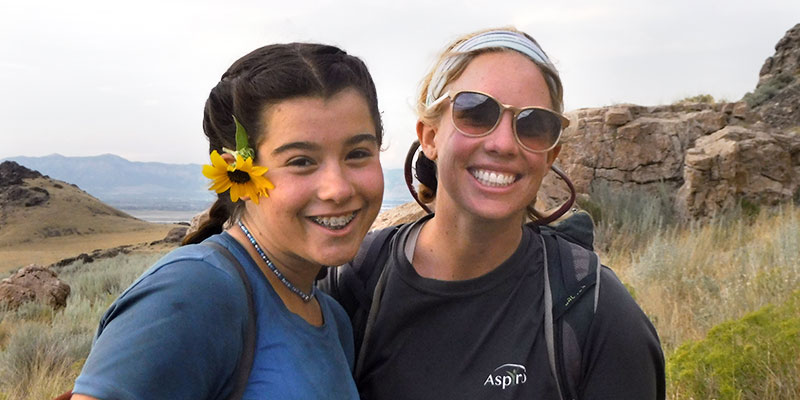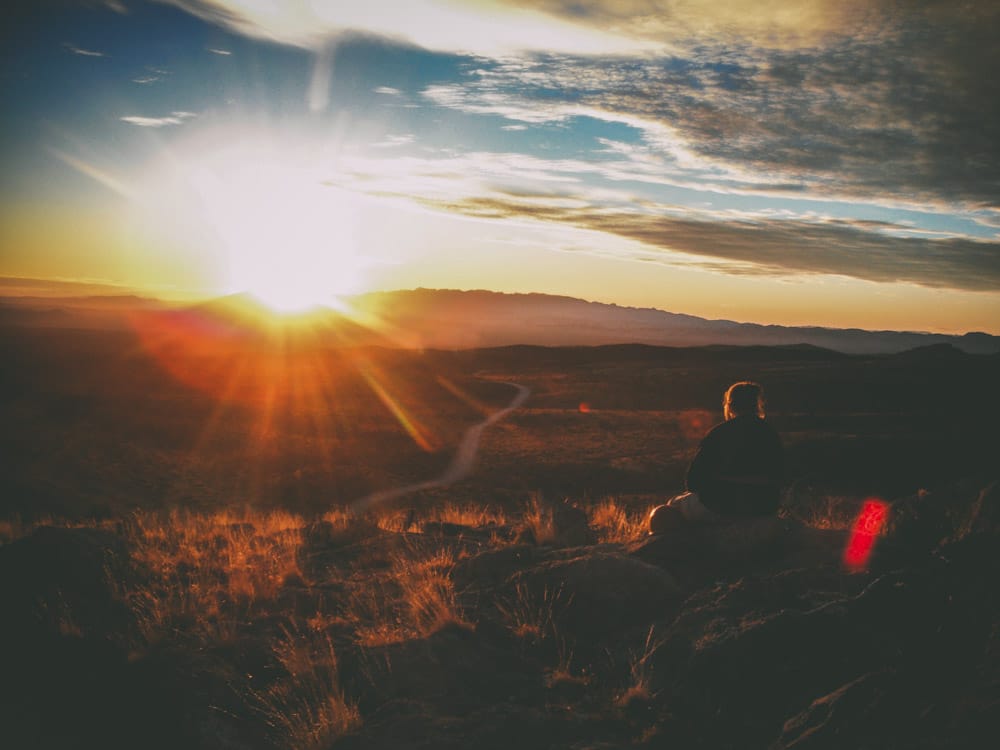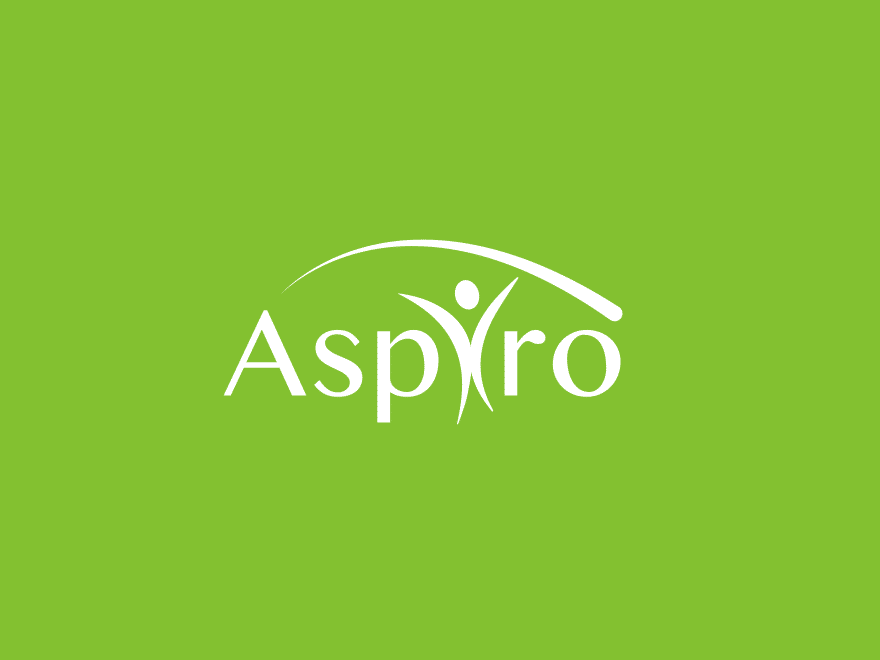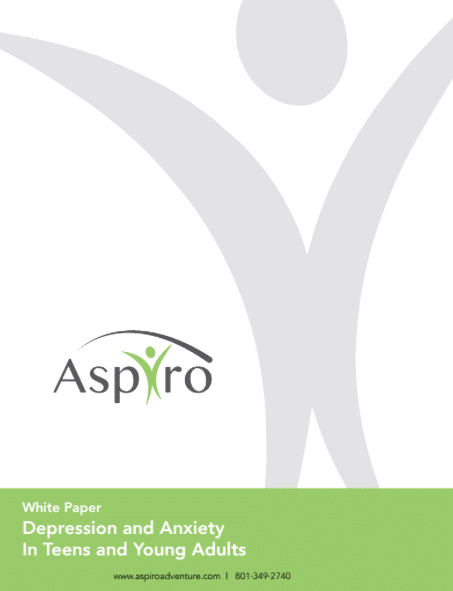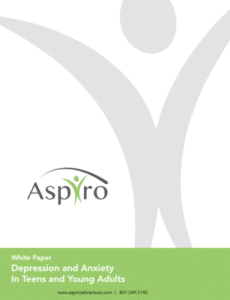Mood disorders, anxiety and depression can occur in anyone, any age, any gender at any time. There are, however, certain populations that are more at-risk. Previously, we discussed how teenage girls are far more at risk than teenage boys for anxiety and depression. According to the Child Mind Institute, “by mid-adolescence, girls are more than twice as likely to be diagnosed with a mood disorder as boys, with the prevalence at adult levels, 14 to 20 percent.”
A highly effective method of treatment for mood disorders, substance abuse, eating disorders, self-injury, suicidal tendencies, anxiety and depression in teenage girls is dialectical behavior therapy. Dialectical behavior therapy addresses the interfering behaviors, and thought processes associated with these diagnoses. This article provides an overview of Dialectical Behavior Therapy, the advantages of this type of therapy in helping teen girls, and introduces Aspiro Clinical Therapist, Jason Capel, a Dialectical behavior therapy expert.
